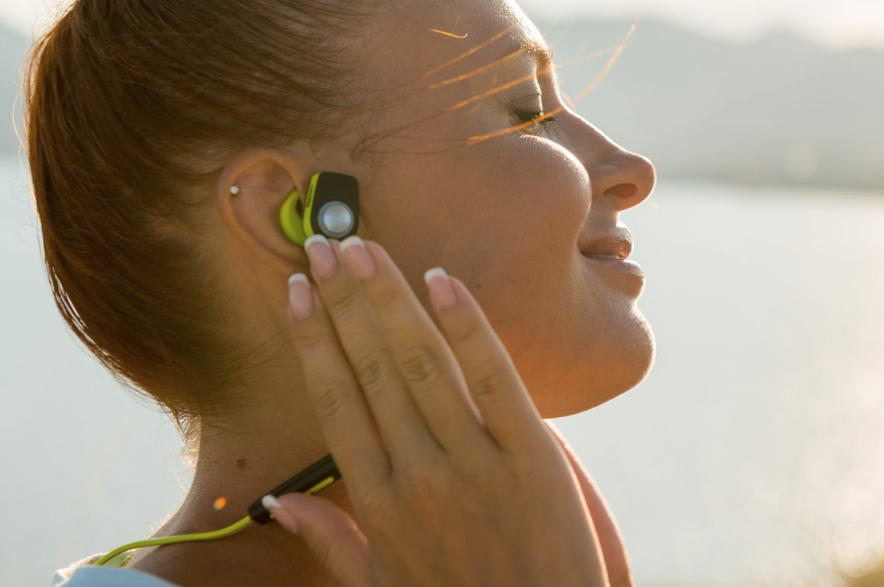Introduction
Hearing protection in aviation is not optional. It’s part of doing the job well. Aircraft environments include constant engine noise, intermittent mechanical sounds, and radio traffic that you must preserve. Protecting your hearing protects your focus and career. Below are practical, no-nonsense strategies pilots and crew can use to reduce risk while keeping communication clear.
Start with the right ear protection
Not all plugs are equal. The market has many options, but pilots should prioritize products designed for aviation noise profiles. Choosing the best earplugs for aircraft noise means looking for solutions that reduce steady, low-frequency hum while allowing human speech to pass through. This balance helps you stay safe and reduces the fatigue that comes from continuous exposure.
Use layered protection when needed
Sometimes a single product isn’t enough. Pairing quality earplugs with active noise-reduction headsets creates layered defense. The headset handles variable and peak noise, while the earplugs lower the overall noise floor so the headset doesn’t need to work as hard. That layered setup is often the difference between feeling drained at the end of a duty day and finishing with mental energy intact. Many flight crews consider this approach when evaluating the best aviation earplugs to complement their headsets.
Fit and comfort should guide your choice
Fit affects protection more than the brand name. Poorly fitted earplugs leak and force you to turn up volume or adjust gear. Custom-fit options and high-quality universal tips both work if they seal properly and stay comfortable. Comfort is essential for long-haul operations because you will wear protection for extended periods. Pilots who prioritize comfort find fewer distractions and better situational awareness, and that’s why some select the best airplane earplugs that match their ear shape.
Keep backups and spares in your flight bag
Gear fails. Foam wears, cases get lost, and schedules get tight. Carrying a spare pair of plugs, and perhaps a travel-sized cleaning kit for custom adapters, ensures you never fly without protection. It’s a simple redundancy that prevents bad habits like skipping plugs to avoid a minor irritation. A small investment in spares prevents bigger problems down the road.
Maintain hygiene and inspect often
Dirty or degraded plugs don’t protect well. Clean reusable plugs after each use based on manufacturer guidance and inspect them regularly for wear. Replace disposable plugs when they lose elasticity or show signs of compression. Cleanliness is part of an effective protection routine and helps avoid ear irritation or infections that can compromise duty readiness.
Be mindful of volume and headset settings
Reduce headset volume to the lowest level that keeps communications clear. If you find yourself increasing volume frequently, reassess the plug fit or choose a different protection strategy. Using the best earplugs for aircraft noise should mean you can reduce headset gain, not crank it up. Lowering overall audio levels reduces cumulative exposure and saves your hearing.
Train and standardize across the crew
Make hearing protection part of standard operating procedure. If everyone in the cockpit uses consistent gear and follows similar routines for fit and maintenance, you minimize miscommunications and mismatched expectations. Fleet managers should consider standardizing options and offering trials so crews can find what works best. Standardization reduces surprises and improves safety culture.
Watch for signs of overexposure
Tinnitus, muffled hearing after flights, or needing louder volumes in non-flying environments are red flags. If you notice these signs, seek a hearing evaluation and adjust your protection strategy. Early action preserves your long-term hearing and prevents career-limiting damage. Taking hearing seriously now protects your ability to perform later.
Conclusion
Protecting your hearing in aviation is practical, achievable, and essential. Use aviation-specific protection, consider layered solutions, prioritize fit and hygiene, carry backups, and keep headset levels reasonable. Make protection part of your routine and standardize across your team where possible. The right habits now keep you sharp, reduce fatigue, and protect your career-long asset: your hearing.

